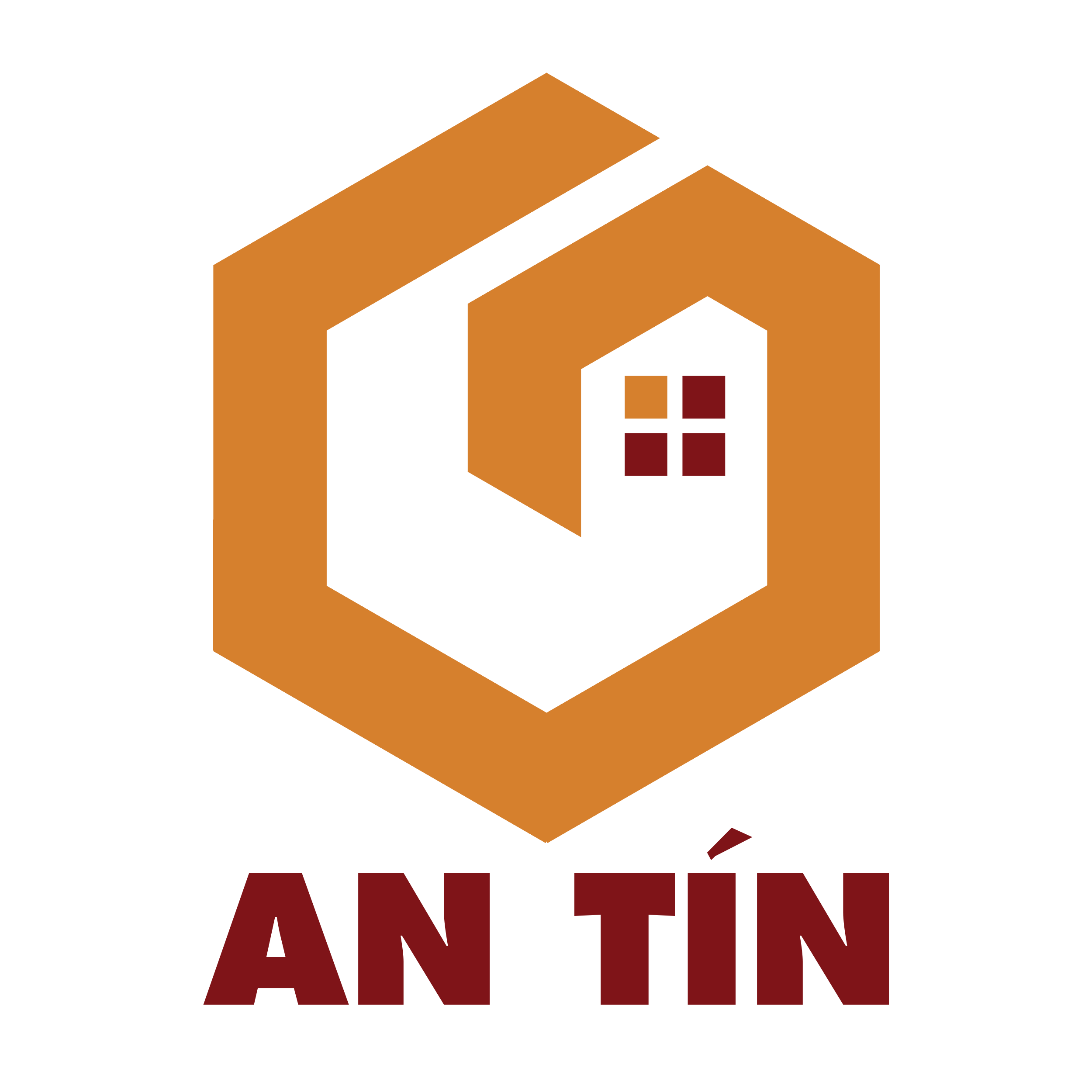A low deposit diet, likewise called a low-fiber diet regimen, is a temporary eating strategy that restricts the consumption of certain foods to minimize the quantity of undigested products or waste in the intestines. This diet plan is typically advised to individuals with certain clinical conditions or those recovering from specific surgical treatments or treatments.
The goal of a low residue diet regimen is to decrease the quantity and frequency of defecation, while likewise minimizing the irritation as well as inflammation in the digestive system. By restricting the intake of insoluble fiber, which is located in foods such as whole grains, fruits, veggie artralons, as well as vegetables, this diet helps to ease signs such as looseness of the bowels, abdominal discomfort, and also bloating.
Who should adhere hondrexil en crema to a Low Residue Diet?
A low residue diet plan is commonly recommended for individuals who are experiencing digestion problems or require to provide their intestines a break from refining high-fiber foods. It may be advised for the list below conditions:
- Diverticulitis: Inflammation or infection of little pouches that develop in the colon.
- Inflammatory digestive tract illness (IBD): Conditions such as Crohn’s illness or ulcerative colitis.
- Bowel blockages: Partial or total blockages in the intestines.
- Prep work for sure medical procedures: Before colonoscopy or bowel surgical procedure.
It is very important to keep in mind that a low residue diet regimen must only be adhered to under the assistance of a medical care specialist, as it might not provide enough nutrients for long-lasting usage.
What foods are permitted on a Reduced Residue Diet Regimen?
When following a reduced residue diet plan, it is important to select foods that are easily absorbed and also low in fiber. The focus must be on eating well-cooked, tender, as well as quickly digestible choices. Some foods enabled on a low deposit diet regimen include:
- Refined grains: White bread, pasta, and rice.
- Lean healthy proteins: Skinless fowl, fish, eggs, and also tofu.
- Milk items: Milk, cheese, as well as yogurt.
- Cooked veggies: Carrots, eco-friendly beans, zucchini, as well as potatoes without skin.
- Fruit juices without pulp: Apple, grape, and also cranberry juices.
- Seedless fruits: Bananas, melons, peaches, and canister fruits.
- Fats and also oils: Butter, margarine, and veggie oils.
- Beverages: Clear liquids, such as water, tea, coffee, and strained broths.
It is important to note that private tolerances might differ, as well as particular foods from the permitted checklist may still trigger pain or inflammation. It is recommended to maintain a food diary as well as seek advice from a health care specialist for tailored advice.
What foods should be stayed clear of on a Reduced Deposit Diet Plan?
While following a low residue diet plan, it is needed to restrict or stay clear of foods that are high in fiber and challenging to digest. These consist of:
- Entire grains: Whole wheat bread, oatmeal, wild rice, and also quinoa.
- Raw vegetables and fruits: Apples, berries, broccoli, cauliflower, as well as leafy eco-friendlies.
- Legumes: Beans, lentils, chickpeas, and also soy products.
- Nuts and seeds: Almonds, walnuts, chia seeds, and flaxseeds.
- Dried out fruits: Raisins, prunes, figs, and dates.
- Fatty as well as fried foods: High-fat meats, oily fast foods, as well as rich sauces.
- Caffeinated as well as carbonated beverages: Coffee, cola, and power beverages.
- Spicy or heavily skilled foods: Warm peppers, garlic, and also onion.
Tips for Following a Reduced Residue Diet Regimen
Adjusting to a reduced residue diet may require some modifications to your eating behaviors. Here are a couple of tips to help you navigate this dietary plan:
- Read food tags: Try to find low-fiber alternatives and prevent products with included seeds or nuts.
- Prepare and also peel fruits and vegetables: Getting rid of the skin and also cooking them can make them a lot more absorbable.
- Opt for softer structures: Pick well-cooked foods, such as tender meats and fit to be tied veggies.
- Try choice food preparation methods: Boiling, baking, or steaming can be gentler on the digestive system compared to frying or cooking.
- Keep hydrated: Consume sufficient liquids throughout the day to avoid dehydration and aid food digestion.
- Gradually reestablish high-fiber foods: When your symptoms enhance, slowly introduce fiber-rich foods back into your diet under the advice of a healthcare professional.
Verdict
A reduced deposit diet is a momentary consuming plan recommended for people with specific digestive system problems or those planning for specific clinical treatments. By decreasing the consumption of high-fiber foods, this diet regimen assists relieve signs as well as provides alleviation to the gastrointestinal system. It is essential to follow the diet regimen under the assistance of a medical care expert to ensure ideal nutrient consumption and individualized suggestions.
